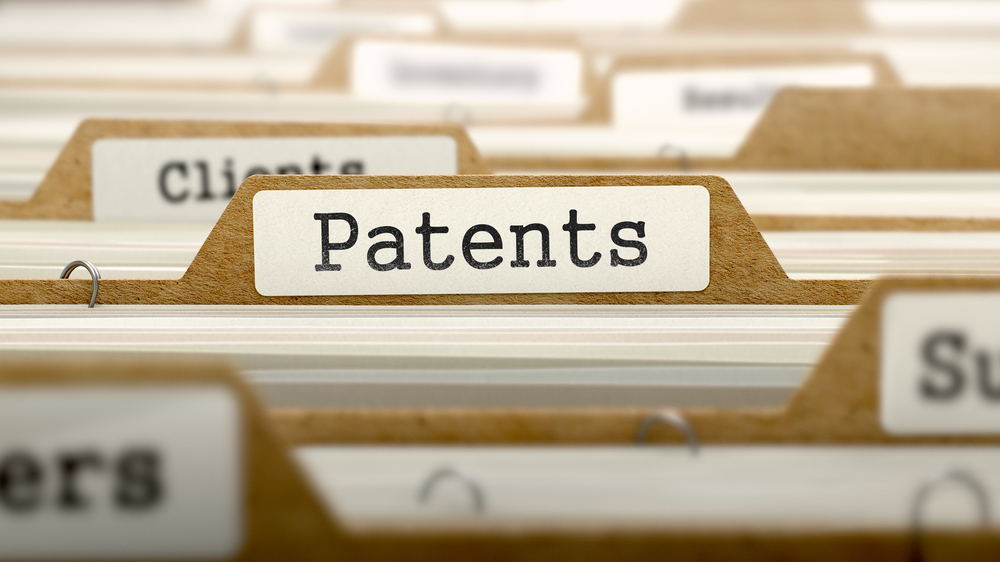Anavex 2-73 Treatment for Rett to Receive New US Patent Broadening Coverage

Anavex Life Sciences has received a Notice of Allowance from the U.S. Patent and Trademark Office (USPTO) for a patent application covering Anavex 2-73 (blarcamesine) and its related sigma-1 receptor (S1R) agonists in the treatment of Rett syndrome and other neurodevelopmental disorders.
The USPTO issues Notices of Allowance when it believes that an invention qualifies for a patent.
“This patent allowance by the USPTO is not only another important milestone in protecting the commercial potential of Anavex 2-73 (blarcamesine) and Anavex’s other lead compounds, but along with other recent allowances, demonstrates our strong overall commitment to protecting the innovation and commercial opportunity of our entire product portfolio,” Christopher U. Missling, PhD, president and CEO of Anavex, said in a press release.
Given orally as a liquid, Anavex 2-73 is designed to reduce the toxic accumulation of misfolded proteins in nerve cells by activating S1R. Emerging data suggest that activating S1R is crucial to maintaining a healthy equilibrium in nerve cells and to promoting neuroplasticity — the brain’s capacity for adapting nerve connections to new information.
Early results from ANAVEX2-73-RS-001 (NCT03758924), a completed Phase 2 trial conducted in the U.S., showed that Anavex 2-73 led to improvements in the caregiver-reported Rett Syndrome Behaviour Questionnaire (RSBQ) and the Clinical Global Impressions Scale. Significant benefits also were seen in the RSBQ Hand Behaviors and Breathing Abnormalities scores.
In that trial, 31 women ages 18-45, with Rett syndrome, received either low-dose Anavex 2-73 or a placebo every day for seven weeks.
AVATAR, another Phase 2 study (NCT03941444), is currently underway in Australia and the U.K. It is similar to the completed trial but tests a high-dose formulation. This trial is seeking to enroll 30 women with Rett, also ages 18-45. Contact information and locations can be found here.
For pediatric patients, the EXCELLENCE Phase 2/3 trial (NCT04304482) — taking place in Australia — is evaluating the safety, tolerability, and efficacy of Anavex 2-73 in girls with Rett between the ages of 5 and 18. EXCELLENCE is seeking 69 participants; more details are available here.
The new patent is anticipated to remain in force at least until 2037, barring any extensions. Added to an earlier patent granted in January, this one broadens the coverage for Anavex’s S1R agonists (activators) in oral, transdermal (through the skin), and parenteral (bypassing the mouth) compositions for both children and adults.
In addition to Rett syndrome, the new patent covers the treatment of autism spectrum disorder, Angelman syndrome, cerebral palsy, multiple sclerosis, and more.
Anavex 2-73 has received fast track, orphan drug, and rare pediatric disease designations from the U.S. Food and Drug Administration. Together, these designations provide various incentives and regulatory assistance aimed at rapidly bringing potential therapies that address unmet needs in rare diseases to patients.






